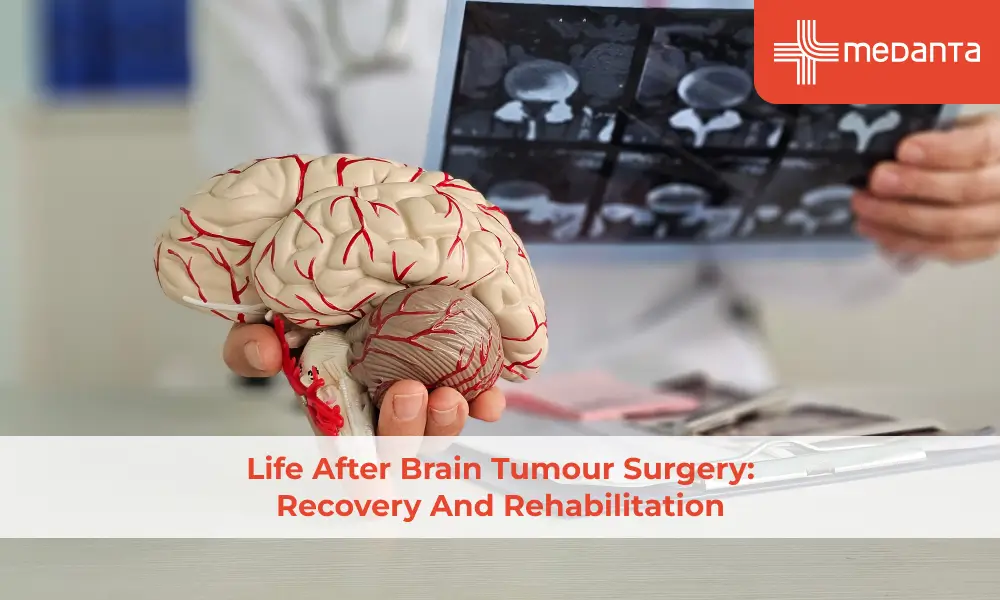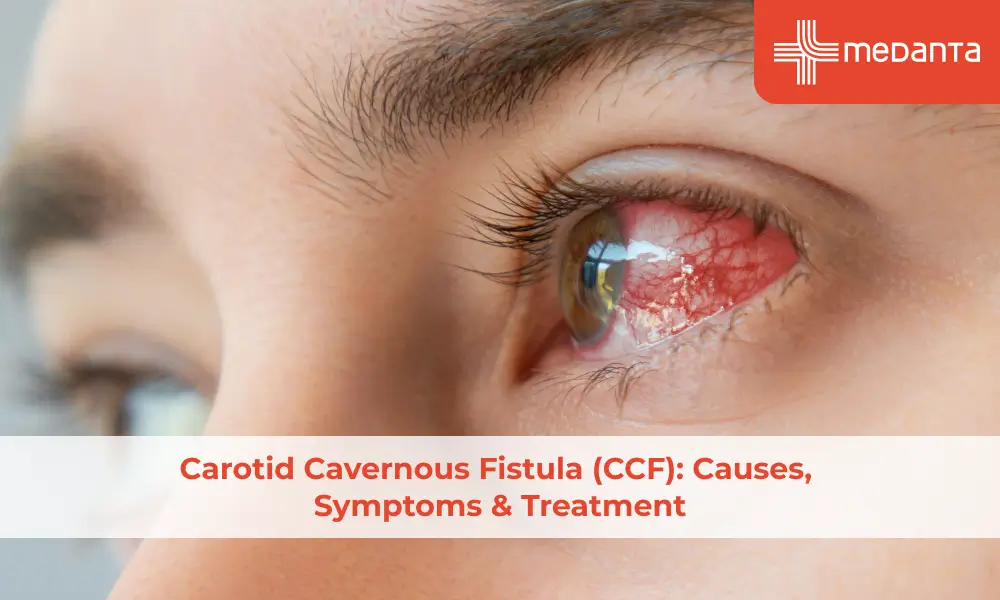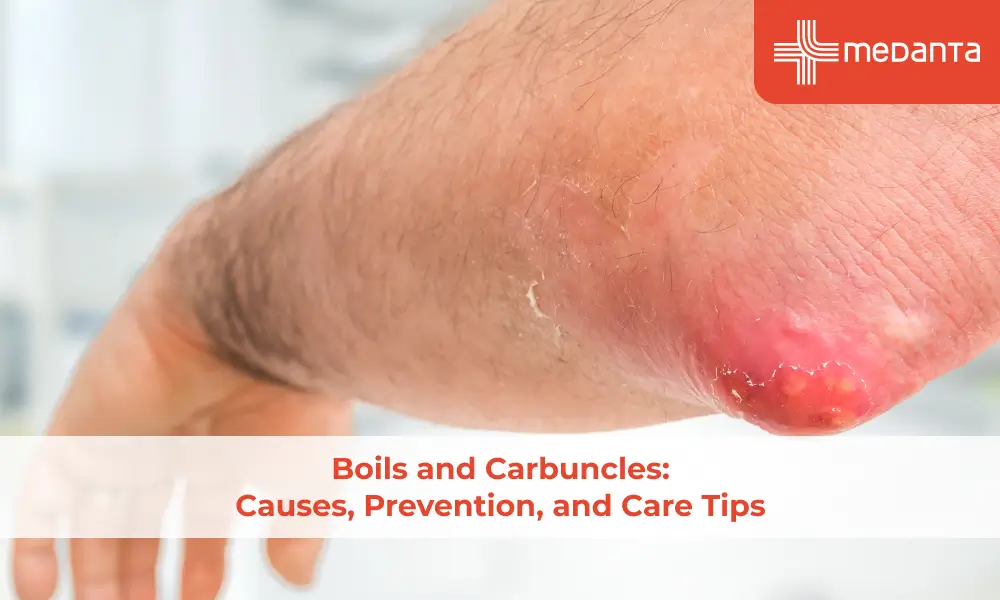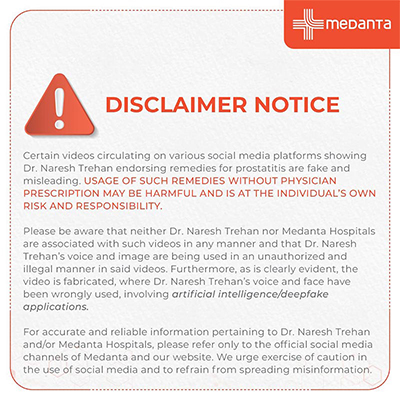Fall Injuries - First Aid and Emergency Tips

TABLE OF CONTENTS
Fall injuries can be life-threatening, but proper first aid and emergency tips save lives in critical situations. Falls incidents remain the leading cause of injury-related deaths among people over 75. The effects of falls go beyond physical injuries and often shake a person's confidence while limiting their future mobility.
Time matters when someone falls. People who can't get up face serious risks of hypothermia or pressure sores. While many associate falls with elderly care, the reality affects everyone. Hospital records show that many children end up in hospitals yearly due to falls. Proper first aid knowledge helps save lives before emergency teams arrive.
Let's explore the right first aid procedures that help you handle falls—whether you are the one who fell or helping someone else. The information covers everything from immediate response to aftercare, plus practical ways to prevent future injuries.
What to Do if You Fall and Are Alone
A fall that leaves you on the floor can be scary, especially if you are alone. The best thing you can do is stay calm to prevent making any injuries worse.
After the fall, take a few moments to lie still and get past that first shock. Deep breaths will help you relax. Your next step is to check your body carefully for injuries or pain before you try to move.
The steps below will help you get up safely if you feel able:
Roll onto your side first - turn your head where you want to roll, then move your shoulder, arm, hip and leg that way too
Push yourself up onto your hands and knees
Crawl to the closest stable furniture (chair, sofa, or table)
Place your hands firmly on the furniture
Put one foot flat on the floor while keeping your other knee down
Push up slowly using both your arms and legs until you are standing
Sit down right away and rest before you move around
But if you are hurt or can't get up:
Try to reach a phone or personal alarm if you have one
Slide or crawl somewhere people might hear you if you can't reach a phone
Shout for help or bang on the floor or wall to get attention
Make yourself as comfy as possible while you wait
Stay warm by covering yourself with anything nearby (blanket, coat, rug)
Keep moving your limbs and change position about every 30 minutes to avoid pressure sores
You should see a doctor after any fall. This is crucial if you've hit your head, feel dizzy, notice unusual weakness, or take blood thinners. On top of that, it's smart to keep your phone within reach - it could save your life.
A solid emergency plan makes sense. Programme important numbers for quick dialling and let your family and friends know how they can get into your home if needed.
Helping Someone Else Who Has Fallen
A quick and appropriate response can make all the difference if someone falls in front of you. Stay calm and approach them with reassurance. This helps both of you focus during this stressful moment.
Don't move them right away. Get down to their level to assess their condition. Talk to them softly and understand what happened. Ask them about any pain or if they hit their head.
Check if they are responsive:
Place them in the recovery position to keep their airway clear if they are unresponsive but breathing
Start CPR immediately and have someone call for emergency help if they are unresponsive and not breathing
Call your local emergency number right away if you see:
Unconsciousness or confusion
Difficulty breathing or chest pain
Heavy bleeding that won't stop
Suspected broken bones or inability to move
Head, neck or back injuries
Seizures or fits following the fall
Sudden swelling of lips, mouth or tongue
Here is what to do if the person can communicate and has no serious injuries:
Be patient and let them recover from the shock
Look for visible injuries like cuts or bruises
Help them sit up slowly if there's no obvious injury, and watch for pain or dizziness
Guide them carefully to a chair or bed with help
You should never move someone who:
Has fallen from a height
Could have a spine or neck injury
Shows signs of broken bones
Is in severe pain
Keep an eye on them for the next 24 hours after helping them up. Watch for changes in behaviour, confusion, or increasing pain. Minor falls can lead to delayed symptoms, especially with head injuries.
Note that good first aid after a fall prioritises preventing further harm first, treating immediate injuries second, and monitoring for developing complications third.
Aftercare and Preventing Future Falls
Recovery after a fall needs proper aftercare. Medical assessment remains vital even when injuries appear minor at first glance.
You should see your doctor after any fall to check for hidden injuries. Studies show that all but one of these seniors over 70 cannot get back up on their own after falling. Your doctor's structured post-fall assessment helps identify possible injuries and prevents future incidents.
Your medical aftercare should include these steps:
Let your doctor review your medications since some can increase fall risk
Tell them about any new symptoms like headaches, dizziness, or unusual pain
See specialists if recommended
Build confidence and strength by practising floor-to-stand movements
Smart medication management helps prevent future falls. Studies confirm that medication reviews reduce fall-related injuries effectively. Statistics reveal that one-third of people 65+ and half of those over 80 fall at least once a year. Your doctor should:
Look at all your medications, including over-the-counter ones
Suggest alternatives for medicines causing drowsiness or balance issues
Change dosages when needed
Your home's safety prevents many falls. Research shows that most falls happen at home. These changes make a difference:
Clear away loose rugs and clutter that cause trips
Add grab bars in bathrooms and handrails on stairs
Brighten up staircases and hallways
Keep everyday items within reach
Balance, strength, and coordination exercises build your resilience against falls. Floor-to-stand movements are a vital skill after falling. This simple ability measures your overall fitness and longevity.
Staying calm after any fall matters. Being systematic about aftercare and prevention builds confidence and keeps you independent.
Conclusion
People of all ages experience falls that demand immediate action. A quick and appropriate response can save lives. The impact varies significantly based on whether someone falls alone or has others nearby to help.
The first few minutes after a fall are critical. Quick action prevents complications like pressure sores or hypothermia. Anyone who falls should remain calm, check for injuries carefully, and follow safe procedures to get up.
Fall prevention relies heavily on family members and caregivers too. They need to master proper lifting techniques. It's crucial to recognise when to call emergency services instead of moving someone who might have serious injuries.
Falls impact more than physical well-being - they shake a person's confidence and sense of independence. Taking an all-encompassing approach to prevention, immediate response, and aftercare helps people maintain their active lifestyle longer. This understanding enables everyone to respond effectively when falls occur.






